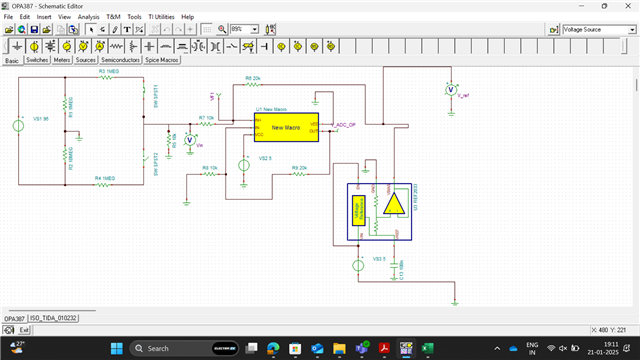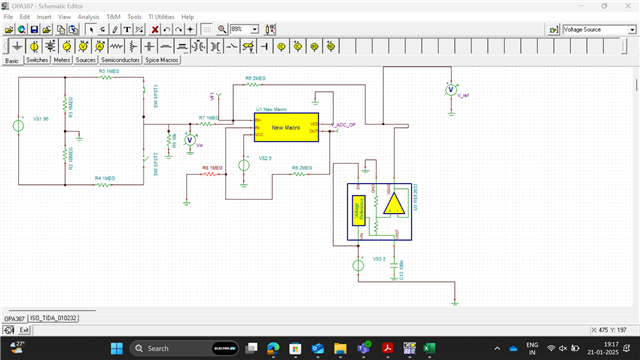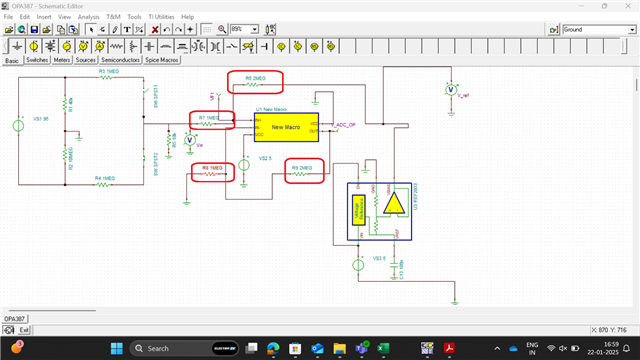Other Parts Discussed in Thread: AMC3330, OPA387
Tool/software:
After reviewing the TIDA-010232 we have found it uses AMC3330 as differential amplifier which has two isolated ground reference to its IC. I think design assumes that chassis ground and Microcontroller ground are isolated. But for our 96V BMS design chassis ground and microcontroller ground are same. Can we connect same ground reference to both sides of AMC3330 taking same design reference?
Or there any other good solution which considers the same ground reference for chassis and microcontroller ?





